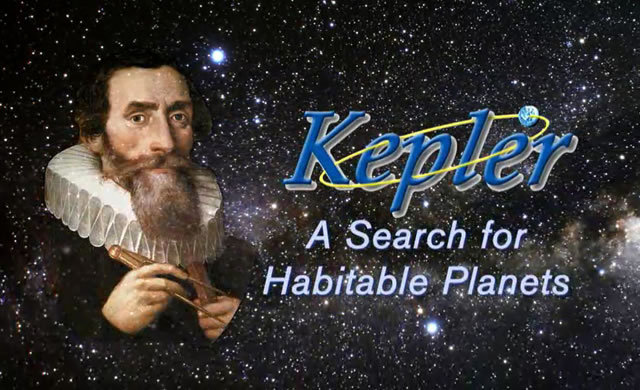
Credit: Michael Bachofner
Nature: La stessa frequenza di Pianeti dentro e al di fuori degli ammassi stellari aperti
Nuovi Pianeti stanno spuntando in posti inaspettati. Gli astronomi, utilizzando il veicolo spaziale Kepler impegnato nella caccia di pianeti extrasolari, hanno trovato due pianeti circondati da diverse stelle in un ambiente piuttosto violento di un antico ammasso stellare aperto chiamato NGC 6811, che si trova a circa 3.300 anni luce dalla Terra.
Fino ad ora, solo quattro dei più di 850 pianeti conosciuti al di fuori del sistema solare, sono stati avvistati in grappoli. I pianeti Kepler-66b – e Kepler-67b – sono entrambi più piccoli dei pianeti precedentemente trovati. Sono leggermente più piccoli di Nettuno, ma più grandi della Terra ed orbitano intorno ad una stella simile al sole. “Noi non abbiamo alcun pianeta simile per formato e massa, tra la Terra e Nettuno, quindi dobbiamo cercare di speculare su come potrebbero essere, strutturalmente parlando”, rivela l’autore dello studio Soren Meibom, della Harvard -Smithsonian Center for Astrophysics. “E ‘improbabile che siano completamente solidi come la Terra, perché non ci sarebbero precedenti in questo senso. Se consideriamo un pianeta di queste dimensioni, tre quarti delle dimensioni di Nettuno, circa tre raggi terrestri, è molto probabile possa avere un involucro gassoso, quindi potrebbe essere una specie di ibrido tra un pianeta roccioso e uno come Nettuno … ma noi non abbiamo alcun riferimento analogo nel nostro sistema solare, così siamo costretti a fare supposizioni, tirando ad indovinare.”
Nature: The same frequency of planets inside and outside open clusters of stars
Alien planets are popping up in unexpected places. Astronomers using the planet-hunting Kepler spacecraft have found two planets circling different stars in the violent environment of an ancient open star cluster called NGC 6811 located about 3,300 light-years from Earth.
Until now, four of the more than 850 planets known outside the solar system were spotted in clusters. The planets — Kepler-66b and Kepler-67b — are both smaller than the planets previously found in clusters. They are slightly smaller than Neptune, but larger than the Earth and circle sunlike stars. “We don’t have any planet that falls in that size bin or that mass bin between the Earth and Neptune, so we have to try to speculate about how they might be, structurally speaking,” lead study author Soren Meibom, of the Harvard-Smithsonian Center for Astrophysics, said. “It’s unlikely that they’re completely solid like the Earth because there is no precedence for that. If you have a planet this size, three-quarters the size of Neptune, about three Earth radii, it’s very likely to have a gaseous envelope, so it’s kind of in between a rocky planet like a Neptune … but we don’t have any analogue in the solar system, so we’re left guessing a little bit.”
Source/Continue reading → SPACE.com





















